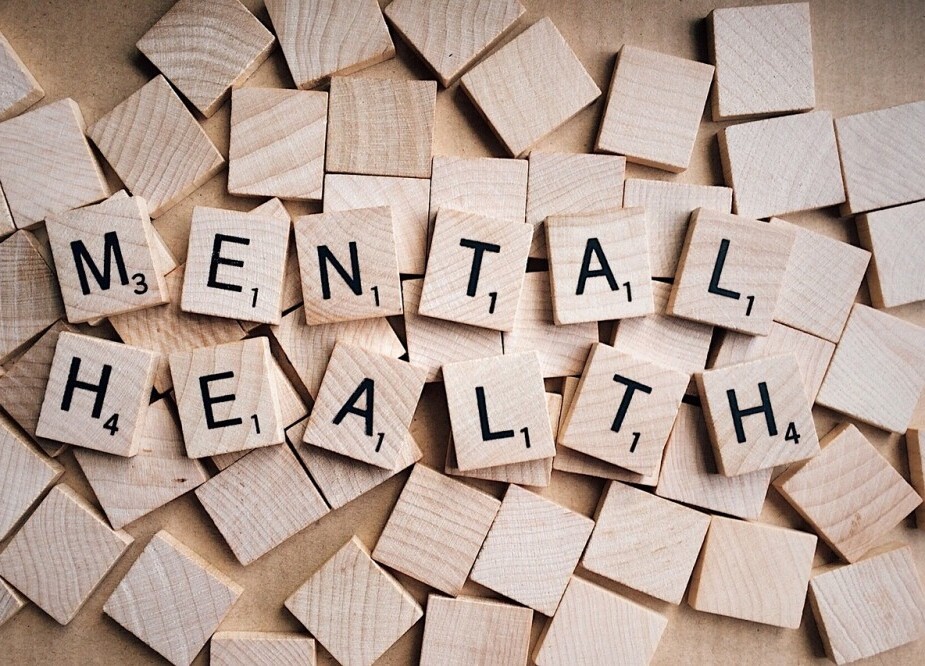How To Support South Asian Girls’ Mental Health?

Growing up in a South Asian community can be a colorful and vibrant experience, filled with rich cultural traditions and close-knit family ties. But it’s not all sunshine and rainbows. Many South Asian girls face unique mental health challenges due to cultural norms and expectations that they must navigate daily. These norms, deeply woven into the fabric of society, can lead to pressures that feel stifling.
Imagine always aiming to meet the expectations of being a perfect daughter, student, or friend while juggling cultural values that might sometimes clash with the world outside. This constant balancing act takes a toll on mental health, leading to anxiety, depression, or even burnout. The tricky part? Discussing mental health within these communities can often feel taboo, almost like lifting the lid off Pandora’s box of judgment and stigma.
The pressures don’t just stay at home; they’re schooling with you, at social events, and even when you’re tucked away, trying to find solace in personal time. Society tends to idolize successful academic achievements and maintaining a spotless reputation, leaving little room to talk about personal struggles and mental health needs.
Families and communities indeed play a significant role in how mental health is perceived. The support and understanding of these groups become crucial in shifting narratives from stigma to acceptance. So, when it comes to supporting South Asian girls’ mental health, one essential step is opening up the dialogue, inviting family members and communities to learn about the profound impact of mental health issues and fostering an environment that encourages seeking help without fear of judgment.
Building a Supportive Environment through Education and Awareness
Education and awareness are powerful tools when it comes to creating a supportive environment for South Asian girls. Families play a crucial role here. Spreading awareness about mental health doesn’t just change minds; it helps to shake the dust off old patterns and start fresh conversations. Whether it’s through community workshops or informal family discussions, understanding mental health can dismantle stereotypes and make room for empathy.
Schools and colleges have their part to play too. Imagine institutions where mentorship programs actively engage students in conversations about mental health without brushing the topic under the rug. Encouraging schools to include mental health education as part of their curriculum can lay the groundwork for healthier coping mechanisms and reduce stigma.
Platforms for open dialogue are paramount. Maybe it’s a community meeting or a student-led club, spaces where individuals can voice their experiences without the shadow of judgment looming over. Positive reinforcement in these spaces can come from storytelling—young girls sharing experiences that resonate with others, creating a ripple effect of understanding and solidarity.
Highlighting successful initiatives that promote mental health is also key. Programs that have made an impact can serve as models for other communities. These initiatives not only address mental health but also integrate cultural sensitivity, making them relatable and effective.
In the bigger picture, education and awareness help stitch a fabric of support where communities understand the weight of mental health and women feel empowered to seek help. Breaking down barriers starts one conversation at a time, shifting perceptions and creating supportive communities that celebrate mental health as part of overall well-being.
Empowering South Asian Girls through Accessible Mental Health Resources
When it comes to empowering South Asian girls, making mental health resources accessible is a fundamental step. Many girls may face barriers like language difficulties, cultural differences, or even a lack of awareness about how these resources can help. Identifying and breaking these barriers is crucial.
Culturally sensitive resources can bridge gaps and make mental health care more inclusive. Introducing professionals who understand the cultural nuances can create a more welcoming and effective support system. It’s about feeling seen and heard without the need to explain every cultural reference, which can make a significant difference.
Access to diverse options like in-person therapy, online consultations, and group support can give girls the choice and flexibility they need to feel comfortable and supported. We live in a digitally connected world where help can be just a click away. Online platforms can provide a safe space for those who may not feel ready to discuss things openly.
Sharing success stories from girls who have benefitted from these resources can inspire others to take that first step. Real stories bring a human element to the initiative, fostering hope and encouraging more to reach out for help.
Peer support networks are a game-changer. Having friends or community members who understand and can provide support from shared experiences establishes a robust, personal network of care. These connections can motivate and empower girls to seek help and support each other.
By incorporating community involvement in mental health care, there’s a comprehensive support system that doesn’t just focus on the individual but also nurtures an atmosphere of collective growth and awareness. It starts with acknowledging that every girl deserves the chance to access the mental health resources she needs, free from judgment and full of empathy.
